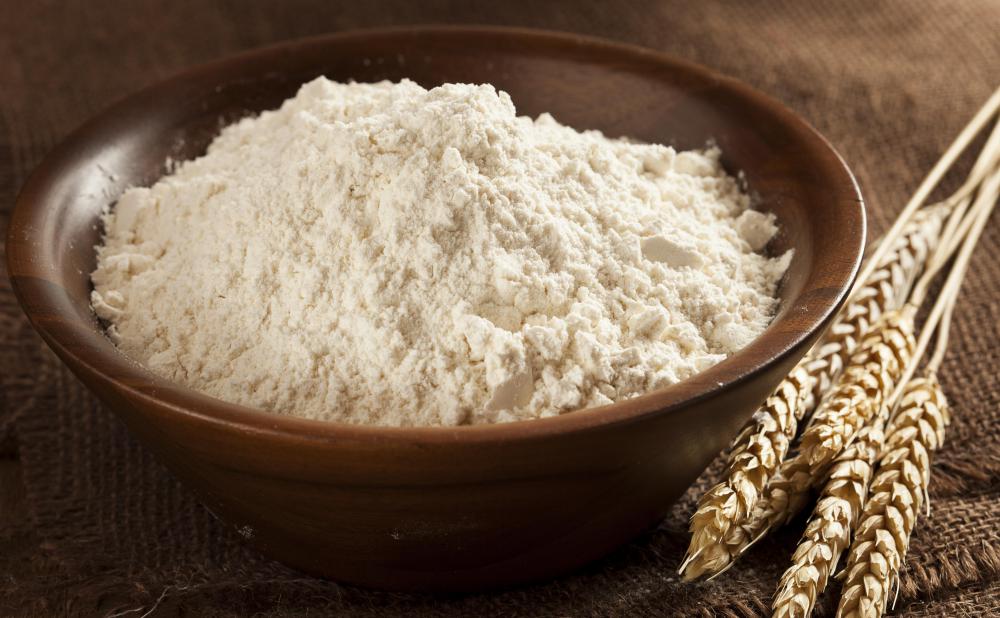At WiseGEEK, we're committed to delivering accurate, trustworthy information. Our expert-authored content is rigorously fact-checked and sourced from credible authorities. Discover how we uphold the highest standards in providing you with reliable knowledge.
What Are the Best Tips for Making Whole Grain Dough?
Baked goods that are made with whole grain dough have a distinct color and taste. Those that are made with only whole grain flour are flat and dense with a tight, compact crumb structure. This is because whole grain flours contain less gluten than all-purpose flour or pastry flour. Whole grain products often taste better and tend to have a lighter, fluffier texture when only half of the all-purpose flour in a recipe is replaced with whole grain flour. Adding a small amount of all-purpose flour or pastry flour to a whole grain dough recipe will ensure that the dough has enough gluten to rise while it bakes.
Gluten is the source of the overall structure of a dough and creates a soft, chewy texture in finished baked goods. It is a protein that gathers together in long strands to make dough elastic — it springs back when it is stretched. Gluten in whole grain dough is formed during the kneading process, which can be done by hand or with a food processor.

While making whole grain dough, thoroughly knead it until it goes from being a sticky, sloppy mess to a smooth elastic ball of dough. When the whole grain dough reaches this stage, it will no longer be sticky, because it has properly formed gluten strands. To check the dough for proper gluten formation, pick up a small piece of the dough, stretch it between your fingers, and hold it up to the light. If it forms a thin membrane through which light can shine, the whole grain dough is ready to be baked.
Use whole wheat pastry flour when making whole grain dough for a pizza or pie crust. Pastry flour is made with wheat that has a higher gluten content than all purpose flour. This gives pastries a firm texture.

Whole grain flours contain the ground-up hulls and kernels of the grain, which retain the plant's natural oils. These natural oils break down over time and can go rancid or spoil. Storing the whole grain flour in an airtight container in a freezer will prevent this from occurring. If the whole grain flour smells "off" or the color isn't the same as when it was bought, don't cook with it, because these are signs of spoilage.
AS FEATURED ON:
AS FEATURED ON:












Discuss this Article
Post your comments